Between 1995 and 2000, the use of wild PLs declined from 61 percent to 6 percent
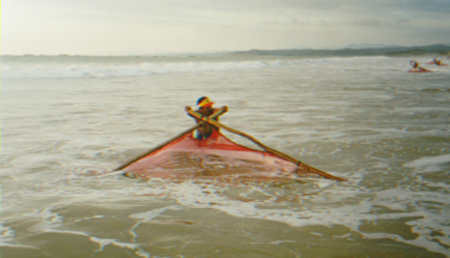
Over the past 30 years, Ecuador has developed a large shrimp-farming industry characterized by extensive and semi-intensive production systems. During the 1970s and 1980s, the industry relied almost entirely on wild postlarvae (PL). However, because of the natural variability in the supply of wild PL, a large shrimp hatchery industry also developed in Ecuador.
Wild, hatchery postlarvae
Most farmers traditionally used wild PL when they were available and hatchery PL when the supply of wild PL was short. There is an obvious advantage to having a constant supply of PL so that ponds can be stocked in a timely manner following harvests.
Many observers of shrimp farming in Ecuador believe the shrimp farming industry moved toward greater reliance on hatchery PL during the past 10 to 12 years. Nevertheless, wild PL are still used in large numbers and environmentalists often criticize this practice as being ecologically degrading.
Survey conducted
To assess the opinions of farm managers on PL performance in growout ponds and their preferred sources for larvae in the last five years of production, the National Center for Aquaculture and Marine Research (Centro Nacional de Acui-cultura e Investigaciones Marinas, CENAIM) conducted a survey by questionnaire in 2000. The work was conducted with the financial support of the Mac Arthur Fund, World Wildlife Fund, World Bank, and Network of Aquaculture Centers in Asia Pacific. Of more than 100 questionnaires distributed, only 11 were returned.
Wild PL use declining
Pond records indicated a declining trend of wild PL stocking from 61 percent in 1995 to 6 percent in 2000, with 1998 the exception to this trend (Fig. 1). The percentage of ponds stocked with wild PL during this year, which was characterized by a strong El Niño southern oscillation (ENSO) event, increased to 69 percent. An increase of wild PL abundance during ENSO events has been documented for Ecuador. Higher supply and probably lower prices of wild PL likely contributed to the observed stocking preference in 1998.
La Niña and WSSV
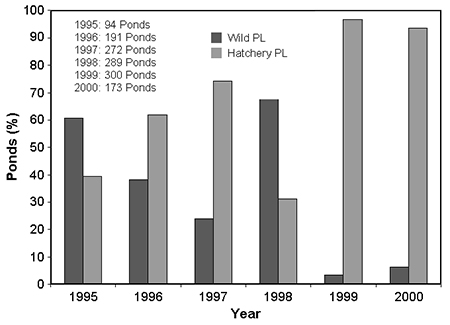
and hatchery postlarvae.
The significant decline of wild PL stocked into growout ponds in 1999 and 2000 can be attributed to two factors: one climatological (La Niña), and the other epidemiological in nature (the appearance of White Spot Syndrome Virus).
Contrary to the above-normal seawater temperatures characteristic of ENSO events, La Niña brought cooler water and a shortage of wild seed to the Ecuadorian coast. The first cases of disease problems in Ecuador associated with WSSV were reported in April 1999. Since then, production in Ecuador has declined significantly.
Statistical reports of the Cámara Nacional de Acuicultura of Ecuador showed a 66 percent reduction in exports for the year 2000. In an attempt to exclude the virus and reduce the risk of infection, farmers adopted the practice of stocking hatchery PL in ponds. Only 3 and 6 percent of all ponds surveyed in this study were stocked with wild PL during 1999 and 2000, respectively.
Performance
There is a general belief among farm managers that wild PL outperform hatchery PL during pond growout, but the survey showed similar yields (p > 0.05) and absolute growth rates between wild and hatchery PL. However, survival rates of wild PL were significantly greater (p > 0.05) than those of hatchery PL (Table 1).
Sonnenholzner, Comparison of pond production stocked with hatchery, Table 1
| Number Ponds | Number Ponds | Growth (g/week) | Growth (g/week) | Survival (50 %) | Survival (50%) | Yield (lb/ha) | Yield (lb/ha) | Stocking (PL/m2) | Stocking (PL/m2) |
|
|---|---|---|---|---|---|---|---|---|---|---|
| H | W | H | W | H | W | H | W | H | W | |
| 1995 | 37 | 57 | 0.78 | 0.77 | 37 | 57 | 1,188 | 1,526 | 12.1 | 9.2 |
| 1996 | 118 | 73 | 0.74 | 0.68 | 38 | 64 | 1,374 | 1,342 | 13.9 | 7.4 |
| 1997 | 202 | 70 | 0.68 | 0.75 | 39 | 70 | 1,467 | 1,704 | 15.9 | 9.3 |
| 1998 | 90 | 199 | 0.63 | 0.65 | 50 | 61 | 1,536 | 1,661 | 14.3 | 10.6 |
| 1999 | 290 | 10 | 0.64 | 0.62 | 36 | 56 | 1,208 | 2,168 | 14.5 | 14.5 |
| 2000 | 162 | 11 | 0.83 | 0.83 | 20 | 23 | 449 | 460 | 10.0 | 8.3 |
The survival rates reported for wild PL could be attributed to an underestimation of stocking densities, possibly due to both technical and social issues. PL counting methods are not standard and have a wide margin of error, usually favoring the farmer. And many managers and biologists take advantage of the need fishermen and middlemen have to sell their wild PL, setting purchase prices and practically assuring an overestimation of PL numbers in any particular batch. As a result, ponds are typically stocked with 10 to 30 percent more PL than are registered in the record books of the farms.
In contrast, hatcheries have better methods for estimating the number of PL in their tanks, and are in a better position to control the prices they charge farmers. As a result, counts of hatchery PL are probably more accurate.
Motives for PL selection
In 2000, about 73 percent of managers preferred hatchery seed, 18 percent preferred wild seed, and one respondent did not have a preference for one source of PL over the other. To gain insight into their motives for PL selection, farmers were asked about the issues that contributed to their preference for PL.
Reported changes were related to economic factors such as price and availability of wild seed, and a desire for PL that were stronger and more resistant to diseases – achievable through genetic selection at integrated farm-hatchery programs. Environmental concerns such as wild larvae overfishing or by-catch mortality were not a major factor in selecting hatchery PL.
Disease resistance of PL was of low priority in the decision-making process when selecting hatchery seed. Surprisingly, wild PL performance was not considered an important factor. The timing of the survey may have affected this response, because wild PL were achieving survival similar to hatchery PL in WSSV-infected ponds. In the past, the common opinion was that wild PL were stronger and produced higher yields than hatchery PL.
Conclusion
A small-scale survey of shrimp farms in Ecuador to assess the use and performance of wild and hatchery postlarvae showed that between 1995 and 2000, the use of wild PL declined from 61 percent to 6 percent, except for the El Niño year of 1998, which was characterized by an overabundance of wild seed.
Results also showed similar yields and growth rates between wild and hatchery PL, but the survival rates of wild PL were significantly greater than those of hatchery PL. The latter can probably be attributed to PL counting methods. Hatchery PL were preferred by 73 percent of the managers surveyed.
(Editor’s Note: This article was originally published in the October 2002 print edition of the Global Aquaculture Advocate.)
Now that you've reached the end of the article ...
… please consider supporting GSA’s mission to advance responsible seafood practices through education, advocacy and third-party assurances. The Advocate aims to document the evolution of responsible seafood practices and share the expansive knowledge of our vast network of contributors.
By becoming a Global Seafood Alliance member, you’re ensuring that all of the pre-competitive work we do through member benefits, resources and events can continue. Individual membership costs just $50 a year.
Not a GSA member? Join us.
Authors
-
Stanislaus Sonnenholzner, Ph.D.
Centro Nacional de Acuicultura e Investigaciones Marinas
Campus Politécnico
Casilla 09-01-4519
Guayaquil, Ecuador[99,101,46,117,100,101,46,108,111,112,115,101,46,109,105,97,110,101,99,64,110,101,110,110,111,115,115]
-
Laurence Massaut, Ph.D.
Centro Nacional de Acuicultura e Investigaciones Marinas
Campus Politécnico
Casilla 09-01-4519
Guayaquil, Ecuador -
Claude E. Boyd, Ph.D.
Department of Fisheries and Allied Aquacultures
Auburn University, Alabama, USA
Related Posts
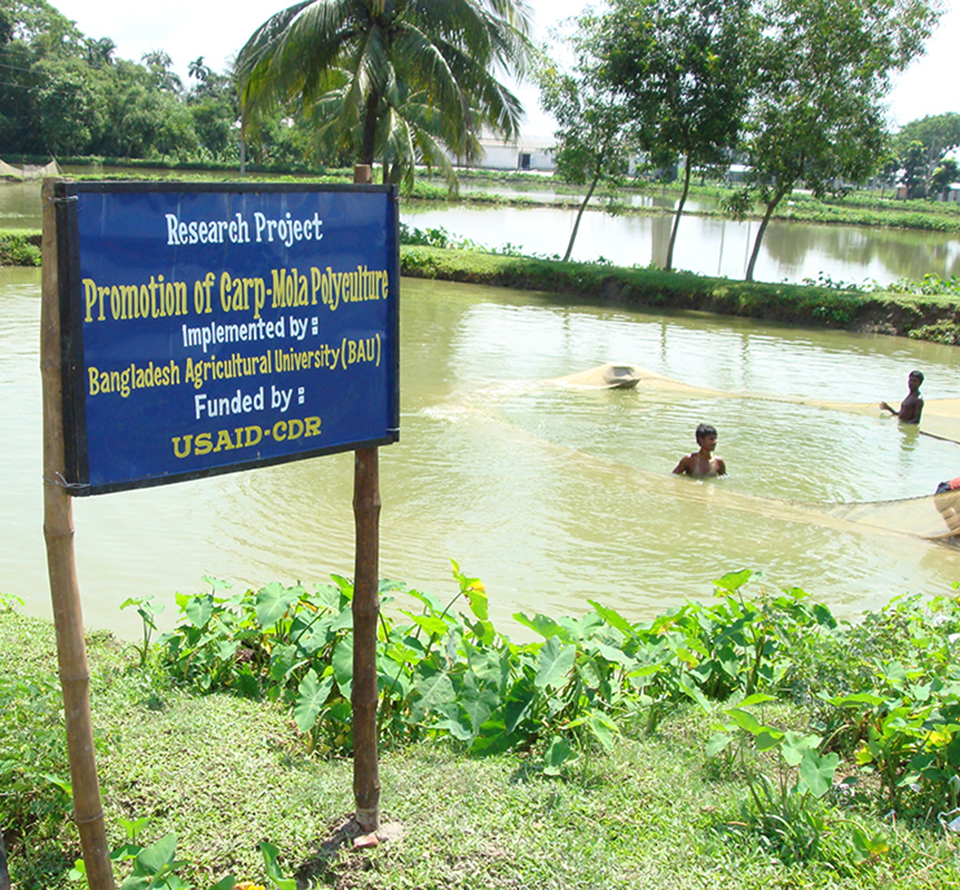
Responsibility
‘Cash-SIS’ culture yields money crop, family food
In a study of pond polyculture, manipulation of species composition improved fish yield and corresponding income. Selling the whole production increased income 27 percent.
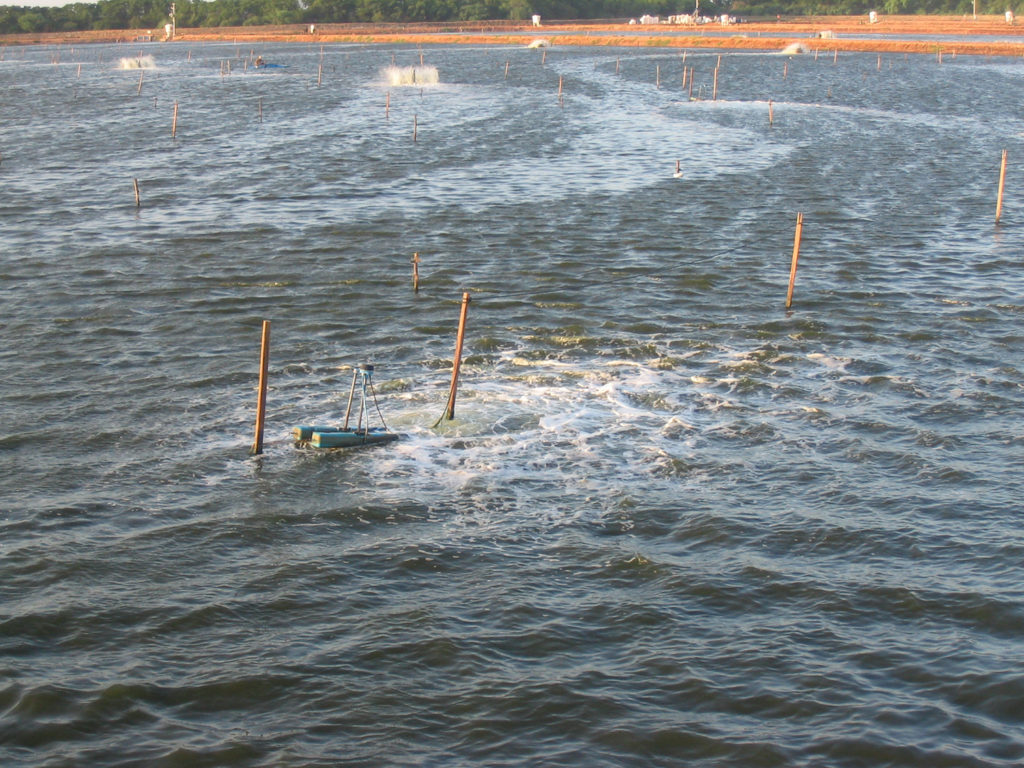
Health & Welfare
Dissolved oxygen dynamics
Dissolved oxygen management is the most important requirement of aquaculture pond water quality. DO concentration below 3 mg/L is stressful to shrimp.
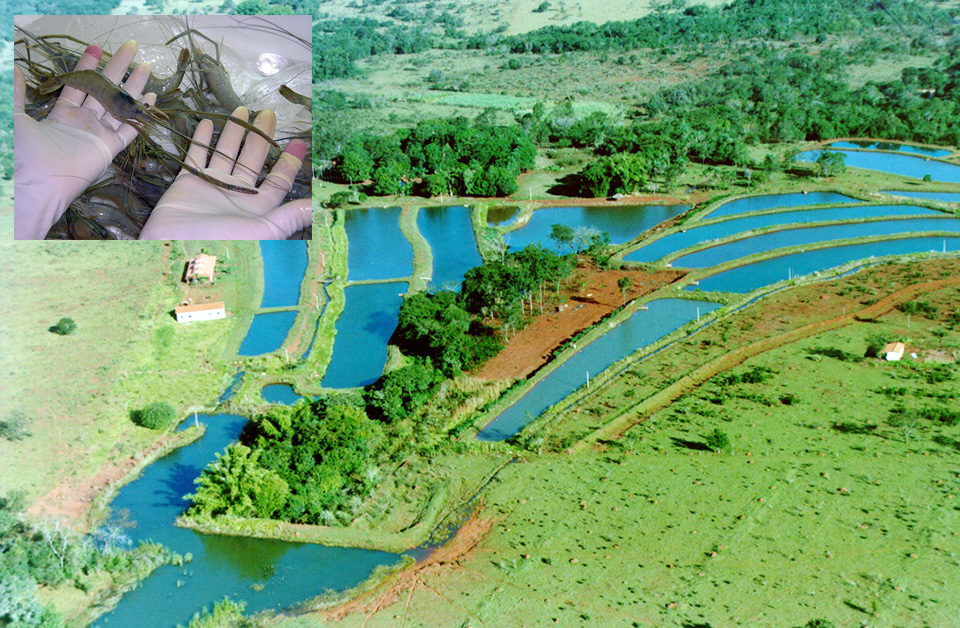
Intelligence
Freshwater prawn farming in Brazil
Freshwater prawns are farmed in almost all states in Brazil, although the industry is concentrated in the southeast region, mainly the state of Espirito Santo.
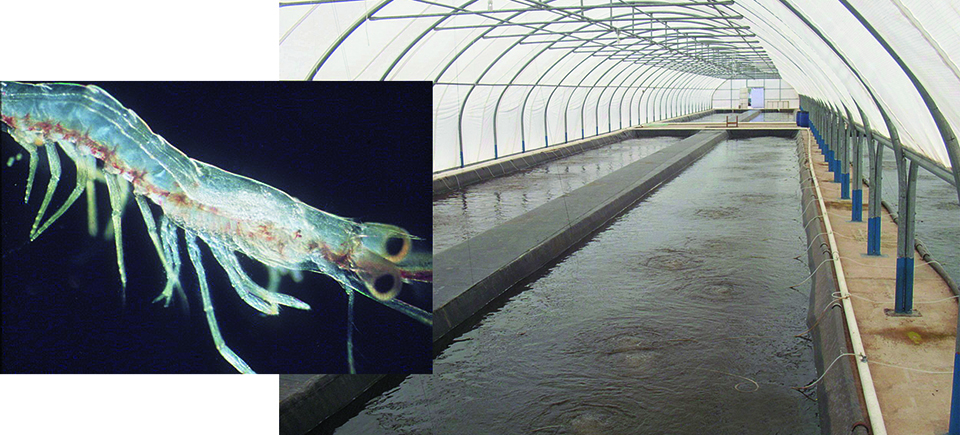
Health & Welfare
New nursery diet for shrimp performs well at super-high stocking densities
A shrimp diet developed in trials is the first dry nursery diet shown to ensure good performance at stocking densities up to 45,000 per square meter.


